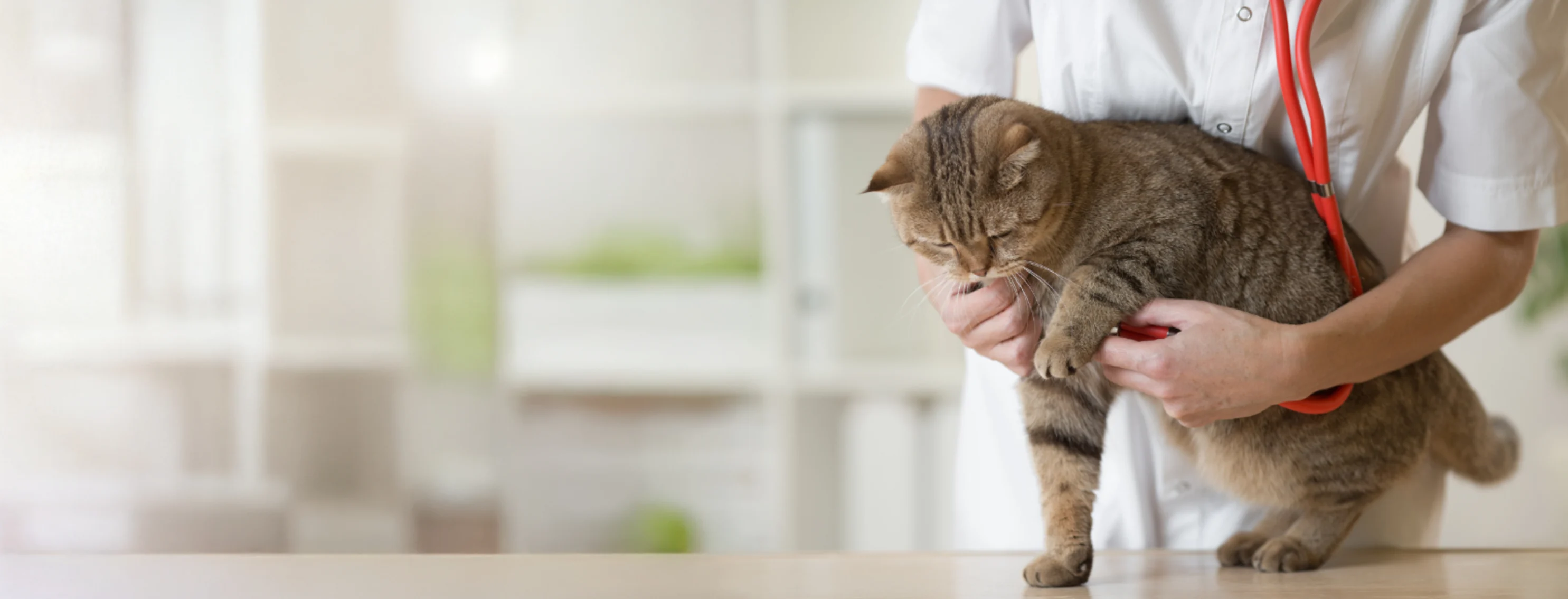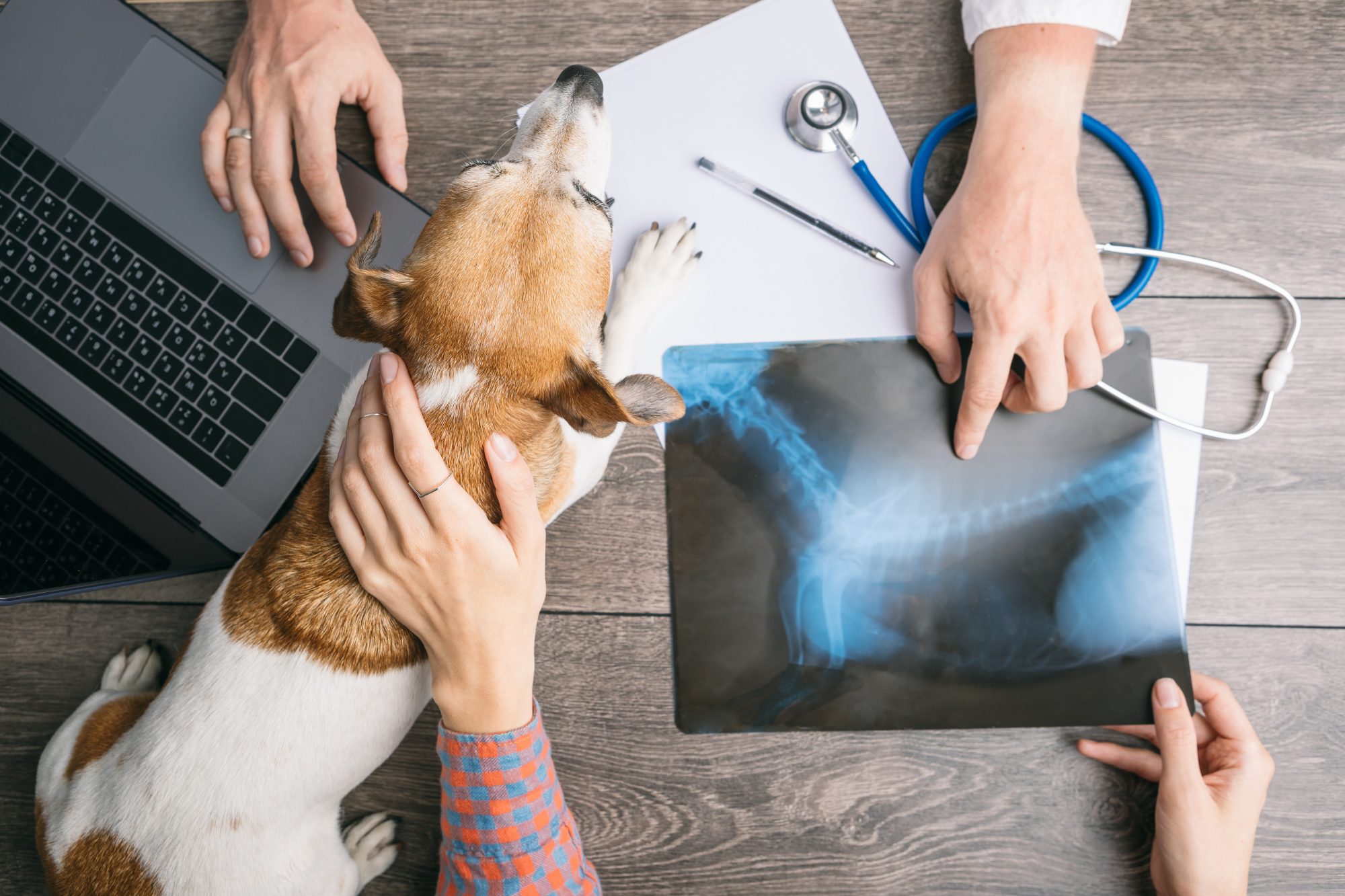Signs Your Dog Might Need canine tplo surgery: Vet-Approved Checklist
Signs Your Dog Might Need canine tplo surgery: Vet-Approved Checklist
Blog Article
All Regarding Veterinarian Surgery: Understanding the Value of Professional Look After Your Pets
Vet surgical procedure is an essential element of family pet medical care. It encompasses various treatments, from routine elective surgical treatments to immediate interventions. Understanding the ins and outs of these surgical treatments can aid pet dog proprietors make informed decisions. The prep work, execution, and recovery phases are crucial for guaranteeing the wellness of animals. With proper understanding, proprietors can navigate the complexities of veterinary treatment. What factors should be taken into consideration prior to a family pet undertakes surgical procedure?
Kinds Of Vet Surgeries
When an animal calls for surgical treatment, comprehending the numerous sorts of vet surgical procedures can help pet dog owners make educated choices. Vet surgical procedures can be generally classified right into 3 primary kinds: optional, immediate, and emergency situation surgical procedures. Elective surgeries, such as spaying or neutering, are planned treatments that are not instantly dangerous. Urgent surgical treatments, like those for international body removal, should be executed soon however are not deadly in the minute. Emergency situation surgical treatments, such as those dealing with serious injury or interior bleeding, are essential and call for immediate attention.Additionally, surgical treatments can vary in complexity, varying from minimally invasive laparoscopic procedures to extra comprehensive open surgical treatments. Each kind of surgery lugs its own threats and recovery processes. Understanding these groups enables animal proprietors to participate in significant conversations with veterinarians, bring about better outcomes for their precious family pets.
Getting ready for Your Pet's Surgical procedure
Preparing for a family pet's surgical procedure entails a thorough list to assure all basics are covered. Efficient interaction with the vet is crucial for understanding the treatment and any type of required pre-operative actions - 24 hour vet near me. Additionally, having clear post-operative care guidelines will certainly help owners give the most effective support for their recouping pet dogs
Pre-Surgery List Basics
Assuring a smooth medical experience for a pet calls for careful prep work and focus to information. A pre-surgery checklist is vital for pet dog proprietors to adhere to. First, validating the scheduled surgical treatment date and time is vital. Owners ought to likewise confirm that their family pet has actually not eaten according to the veterinarian's guidelines, typically for 8-12 hours prior to surgery. Gathering essential clinical documents, consisting of inoculation background, is essential for the veterinarian's review. It is also recommended to prepare a comfy area in the house for the pet dog's recovery after surgical procedure. Owners ought to have a strategy for transportation to and from the vet center, making sure that the family pet is secure and comfortable throughout the trip. Adhering to these actions can significantly boost the medical experience.
Interacting With Your Veterinarian

Effective interaction with the veterinarian is crucial for a successful surgical experience for animals. Proprietors must be prepared to review their animal's clinical background, consisting of any type of pre-existing problems, medicines, and allergies. This info assists the vet evaluate dangers and tailor the surgical plan as necessary. Furthermore, pet proprietors need to ask concerns concerning the procedure, anesthesia, and anticipated results to assure they completely understand the procedure. Clearing up any doubts can alleviate anxiousness for both the animal and the owner. It is likewise essential to connect any type of behavioral adjustments or problems observed in the animal leading up to the surgical procedure. Ultimately, clear discussion promotes count on and collaboration, guaranteeing that pets receive the most effective feasible treatment throughout their surgical journey.
Post-Operative Care Instructions
After discussing the surgery with the veterinarian, animal proprietors must concentrate on post-operative care guidelines to help with a smooth recovery for their animals. These directions commonly consist of keeping an eye on the medical site for indicators of infection, such as soreness or discharge. Animals may require to be kept one's cool and restricted to avoid excessive motion that could disrupt healing. Pain monitoring is essential, so owners must adhere to the veterinarian's guidance on carrying out medications. Additionally, dietary constraints might be recommended to stay clear of gastrointestinal distress. Routine follow-up visits are very important to ensure appropriate recovery and resolve any type of worries. By adhering to these post-operative care guidelines, animal owners can substantially add to their animal's healing and general health.
The Surgery Explained
The surgery for family pets includes crucial actions that guarantee their security and recovery. Pre-surgery prep work are important for lessening dangers, while post-operative treatment standards play an essential function in promoting recovery. Comprehending these parts aids animal owners navigate the medical experience better.
Pre-Surgery Preparations
Before an animal goes through surgery, a number of crucial prep work must occur to ensure a safe and successful treatment. Initially, a comprehensive veterinary assessment is vital to analyze the family pet's total health and wellness and identify any kind of potential dangers. This may consist of blood tests, imaging, or various other diagnostics. The veterinarian will certainly additionally review anesthetic choices customized to the pet's specific demands. In addition, pet dog proprietors are typically advised to keep food and water for a defined time prior to surgical treatment to decrease the threat of problems throughout anesthetic. It is necessary for owners to supply a full case history, consisting of any type of drugs or allergies, guaranteeing the surgical group has all needed details. Proper communication and adherence to pre-surgery standards can substantially boost the result of the procedure.
Post-Operative Treatment Standards
Appropriate post-operative care is vital for ensuring a pet dog's healing following surgical treatment. After the procedure, family pets must be monitored very closely for any kind of indicators of complications, such as excessive blood loss, swelling, or unusual behavior. It is necessary to follow the veterinarian's guidelines relating to medications, consisting of painkiller and anti-biotics. Animals need to be maintained in a quiet, comfortable environment to minimize stress and advertise healing. Restricting activity is essential; short, leashed strolls may be needed, however jumping or running should be avoided. Routine follow-up visits should be set up to analyze the healing process. In addition, the medical website should be maintained tidy and dry, with any kind of indicators of infection reported to a veterinarian without delay. Sticking to these guidelines improves healing end results.
Anesthetic and Pain Administration
Reliable anesthesia and pain monitoring are essential parts of vet surgery, making sure that pet dogs continue to be comfy and risk-free throughout the procedure. Veterinarians assess each family pet's private requirements, taking into consideration aspects such as age, weight, health and wellness condition, and the type of surgery being performed.Anesthesia protocols generally include a mix of pre-anesthetic medications, induction agents, and inhalant anesthetics, permitting specific control over the pet's degree of consciousness. Monitoring during surgical treatment is essential; vets continuously observe crucial indicators to attend to any type of prospective complications promptly.Pain monitoring approaches may entail opioids, non-steroidal anti-inflammatory medications (NSAIDs), and neighborhood anesthetics, customized to the pet's certain situation. This multifaceted approach helps minimize pain and advertises a smoother surgical experience. By focusing on effective anesthesia and discomfort administration, veterinary professionals enhance the overall well-being of animals undergoing operations, ensuring they get the highest standard of treatment.
Post-Operative Care and Recovery
Complying with surgical treatment, the emphasis moves to post-operative treatment and healing, which is essential for ensuring an animal's risk-free return to typical tasks. During this period, family pets need a quiet, comfortable atmosphere to help recovery. Owners should carefully monitor their family pets for any kind of indications of discomfort or unusual behavior.Veterinary standards typically include details instructions associated with drug management, injury treatment, and nutritional changes. It is important to stick to these suggestions to reduce complications and promote recovery. Pets might require to be restricted from vigorous tasks, such as running or leaping, throughout their recuperation period (canine tplo surgery).Regular follow-up visits with the veterinarian enable monitoring of the pet's development and prompt changes to the treatment strategy. Providing emotional support and friendship can likewise improve a pet's recuperation experience, helping to alleviate anxiety and anxiousness. Overall, attentive post-operative care plays a significant function in attaining an effective recovery
Identifying Issues After Surgical Procedure
Exactly how can family pet owners identify problems after surgical procedure? Recognition of particular indicators is necessary for guaranteeing the well-being of pet dogs throughout healing. Typical indicators consist of too much swelling, inflammation, or discharge at the medical site, which might symbolize infection. Additionally, consistent discomfort, shown by whining or hesitation to move, need to trigger instant focus. Modifications in cravings or water intake can also suggest problems; a decrease in these habits might signal pain or distress.Moreover, pet owners must monitor their animals for any type of uncommon actions, such as lethargy or trouble breathing, as these can be indications of severe concerns. Throwing up or diarrhea adhering to surgical treatment may require urgent veterinary assessment. Identifying these problems early can considerably influence an animal's recuperation process, stressing the significance of watchfulness and prompt communication with a veterinarian for any kind of worrying signs and symptoms.
The Function of Vet Specialists in Surgical Treatment
Veterinary professionals play an important role in making certain the safety and security and success of surgical procedures for pets, especially complying with surgical procedure when keeping track of and treatment are paramount. These specialists consist of vets, vet technicians, and support personnel, every one of whom add specialized skills to the surgical process.Before surgical procedure, veterinarians conduct extensive examinations to assess the pet dog's health, ensuring that any hidden conditions are managed. During the procedure, the surgical team gives anesthetic, maintains sterile settings, and keeps track of key indications, all crucial for decreasing risks.Post-operative treatment is similarly substantial; veterinary professionals observe for difficulties, manage pain, and overview proprietors on recuperation practices. Their knowledge enables them to recognize early indicators of distress or infection, making certain prompt intervention. Ultimately, the collective initiatives of vet professionals in surgical treatment foster a risk-free environment, advertising the wellness of pets throughout the medical journey.

Regularly Asked Inquiries
Just how Do I Choose the Right Vet Cosmetic Surgeon for My Pet?
Selecting the appropriate veterinary cosmetic surgeon includes researching credentials, reviewing reviews, and examining the clinic's setting. It is important to assess the specialist's experience with details treatments and their interaction style when choosing.
What Prevail Misconceptions Concerning Veterinarian Surgeries?
Typical mistaken beliefs about vet surgeries consist of ideas that they are always high-risk, unneeded, or for emergency situations. Many pet proprietors underestimate the advantages of preventive procedures and the ability associated with veterinary surgical care.
Just How Much Will My Pet's Surgical procedure Expense?
The expense of a pet dog's surgical procedure can vary considerably based upon check here variables such as the kind of treatment, the veterinarian's experience, and geographic place (emergency vet bellingham). Generally, expenses range from a couple of hundred to several thousand dollars

Can My Family Pet Eat Before Surgery?
Before surgery, it is typically encouraged that pets avoid from eating for a certain period. This fasting helps minimize the threat of complications during anesthesia. Owners need to consult their vet for accurate directions tailored to their pet dog's needs.
What if My Pet Dog Has Pre-Existing Health Conditions?
When a pet dog has pre-existing health and wellness conditions, it's important for the veterinarian to examine these variables before surgical treatment. This evaluation assurances appropriate precautions are taken, decreasing threats and optimizing the pet's total safety throughout the treatment.
Report this page